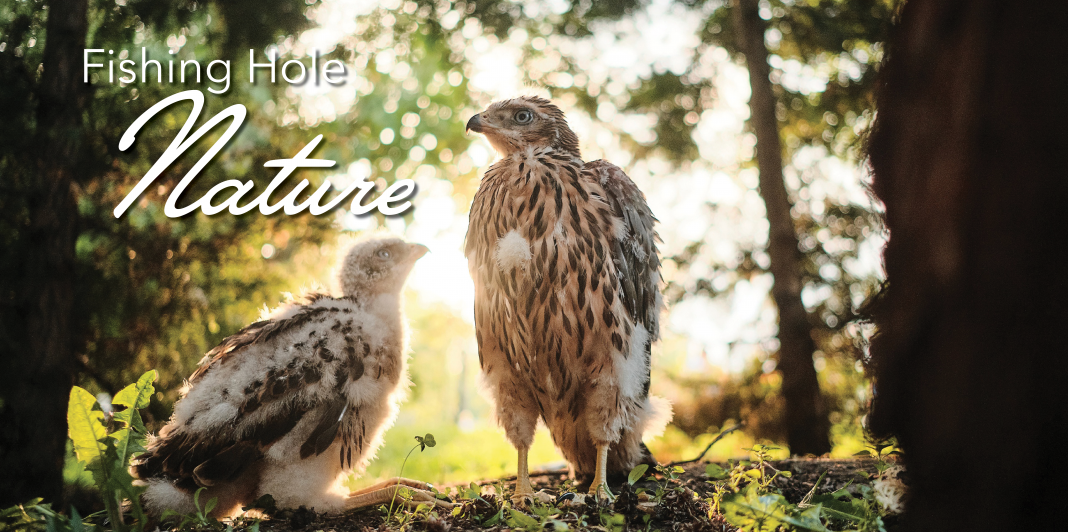From the late 1800’s to early 1900’s Great White Egrets were so fashionable that they were hunted almost to extinction! Back then women’s high fashion used all those long gorgeous white feathers for hats, capes, accessories and other clothing. But conservationists rallied and laws were passed to protect these lovely birds. Now they are common in all wetland habitats including streams, lakes, sea shores, ponds, marshes and even occasionally your roadside ditch! Any wetland area with fish, lizards, insects or frogs is a great place to look for these beauties.
Great White Egrets are hard to miss but easy to misidentify because their cousins, snowy egrets and cattle egrets, also have large populations in the area. Look for the great white’s distinctive long black legs, big black claw feet, a yellow-orange beak, and of course all that beautiful white plumage! They stand over 3’ tall with a 5-1/2’ wingspan. During breeding season they have lime green coloring around their eyes, and spectacular mating plumage cascading down their backs.
These tall birds slowly wade in shallow waters to hunt, patiently waiting for their meals to swim or hop by. Fish and frogs see the long dark legs as a safe, protected place to swim because the Egret’s legs look like reeds and twigs. You can also see the big birds standing on a bulkhead or a shore bank, staring down into the water, watching intently for their next meal. A great white egret will carry a big fish to shore, stab it through repeatedly with its sharp beak, and eat it head first after the wiggling stops. Never forget that these birds are true carnivores.
In April and May you will spot our nesting great whites up creeks, high atop secluded pines away from human activity. They make good-sized stick nests that look as if they would rattle apart during a storm! Not surprisingly, the parents are constantly bringing in twigs, sticks and other nesting material to reinforce their rickety nests. And the egrets are not alone in their chick nurseries. There are often Great Blue Herons nesting alongside in the same rookery! There is safety in numbers for all their eggs and chicks because predators include black vultures, eagles, raccoons and snakes. After about 4 weeks of incubating eggs, and 3 more weeks of feeding the hatchlings, the chicks are ready to leave the nest and start out on their own adventures.
Learn more about the incredible nature in your area by joining a local chapter of the exas Master Naturalist organization. To find a chapter close to you, or to read about the state The elegant and fashionable Great White Egret. A black vulture predator sits below the birds’ nests, waiting quietly for a clumsy chick to fall, or an easy egg to snatch. program, go online to www.txmn.org. Volunteer and get involved!















